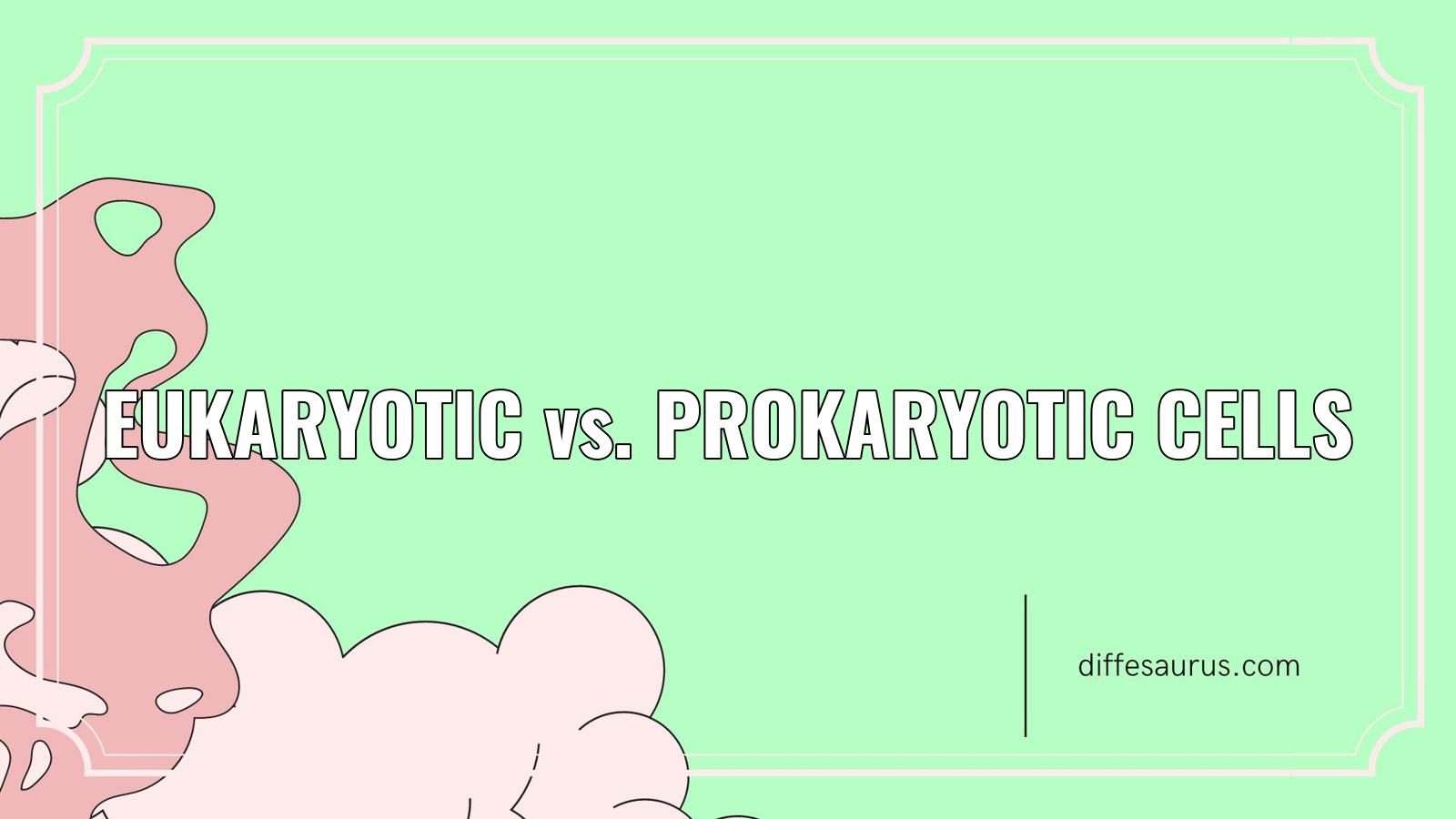3.5 billion years ago, the world was completely different from what it is today. It was not possible for life to thrive because of the lack of oxygen in the atmosphere.
The difference between the two types of organisms is that the prokaryotic cells do not have a nucleus. Eukaryotes store their genetic information in the nucleus. The DNA is bundled together in the nucleoid region, but not in the nucleus.
What are the three major differences between prokaryotic and eukaryotic cells?
Every cell has a nucleus, but no prokaryotic cell does. The prokaryotic and eukaryotic cells have different types of cells. Every cell in the human body has a nucleus and an appendage in the form of a vacumm. eukaryotic cells have multiple molecules of double-stranded, linear DNA while prokaryotic cells have circular strands.
What are the 4 differences between prokaryotes and eukaryotes?
One of the most important distinctions among groups of organisms is the difference between prokaryotes and eukaryotes. The nucleus is a part of the Eukaryotic cells, while the prokaryotic cells do not. The structure of chromosomal DNA is one of the differences between prokaryotes and eukaryotes.
What is the difference between prokaryotic and eukaryotic cell for Class 8?
The nucleus is the defining characteristic of prokaryotic and eukaryotic cell. The true nucleus is absent in prokaryotic cells, as well as the organelles that are bound to the cell wall. There is a major difference between prokaryotic and eukaryotic cells, which is that prokaryotic cells are unicellular.
What are 2 big differences between prokaryotic cells and eukaryotic cells?
Structural variation, as well as whether a nucleus is present or absent, and whether the cell is in a circular or linear form, are some of the important differences between prokaryotes and eubacteria. The table below summarizes the differences. A multicellular structure with some unicellularCell size (0.1-5 m) is possible.

What is the difference between prokaryotic and eukaryotic cell class 9?
The difference between the two types of organisms is that the prokaryotic cells do not have a nucleus. Eukaryotes store their genetic information in the nucleus. The DNA is bundled together in the nucleoid region, but not in the nucleus.
What are 3 characteristics of prokaryotic cells eukaryotic cells?
The Golgi apparatus present Absent Chloroplasts Present Absent; chlorophyll scattered in the cytoplasm is usually arranged as nine doublets surrounding two singlets.
What do eukaryotic and prokaryotic cells contain?
Structural variation, as well as whether a nucleus is present or absent, and whether the cell is in a circular or linear form, are some of the important differences between prokaryotes and eubacteria. A multicellular structure with some unicellularCell size (0.1-5 m) is possible.
What do eukaryotic and prokaryotic cells have in common?
Prokaryotic cells do not have the large, complex organelles in the cytoplasm that are found in Eukaryotic cells. It allows a high level of division of labor and contributes to the greater complexity of cells.

What is the difference between prokaryotic and eukaryotic examples?
The difference between the two types of organisms is that the prokaryotic cells do not have a nucleus. Eukaryotes store their genetic information in the nucleus. The DNA is bundled together in the nucleoid region, but not in the nucleus.
How is prokaryotic cell different from eukaryotic cell question answer?
The difference between Prokaryotic and Eukaryotic Cells can be seen in the image. There is a complete individual prokaryotic cell. New findings and discoveries about the structure and cellular components of the cell are shed more light into the cell with the advancement of science and technology. In 1925, a French Biologist laid the groundwork for the concept of prokaryotic cells.
What is the difference between prokaryotes and eukaryotes quiz?
Are you aware of the differences between prokaryotic and eukaryotic? The nucleus and other parts of the cell are not found in prokaryotic cells. eukaryotic cells were the result of evolution, while prokaryotic cells came into existence first. Eukaryotic cells can be multicellular and prokaryotic cells can be unicellular. There is a structured quiz that you can take to learn everything you can about prokaryotic and eukaryotic cells.
What are the 5 major differences between prokaryotic and eukaryotic cells?
One of the most important distinctions among groups of organisms is the difference between prokaryotes and eukaryotes. The nucleus is a part of the Eukaryotic cells, while the prokaryotic cells do not. The structure of chromosomal DNA is one of the differences between prokaryotes and eukaryotes.
What is the main difference between eukaryotes and eukaryotic cells?
There are some similarities between the two classes of cells. The similarities end there when it comes to cell membranes and ribosomes. There is a complete list of differences between prokaryotic and eukaryotic cells.
What are 3 similarities prokaryotes and eukaryotes have in common?
Prokaryotes are unicellular, while Eukaryotes are multicellular. There are exceptions, including amoebas, paramecium, and yeast. Eukaryotic cells have a nucleus that is bound by a double cell wall. The large cell’s functions are contained in a smaller enclosure in order to ensure close proximity of materials and increased efficiency.



